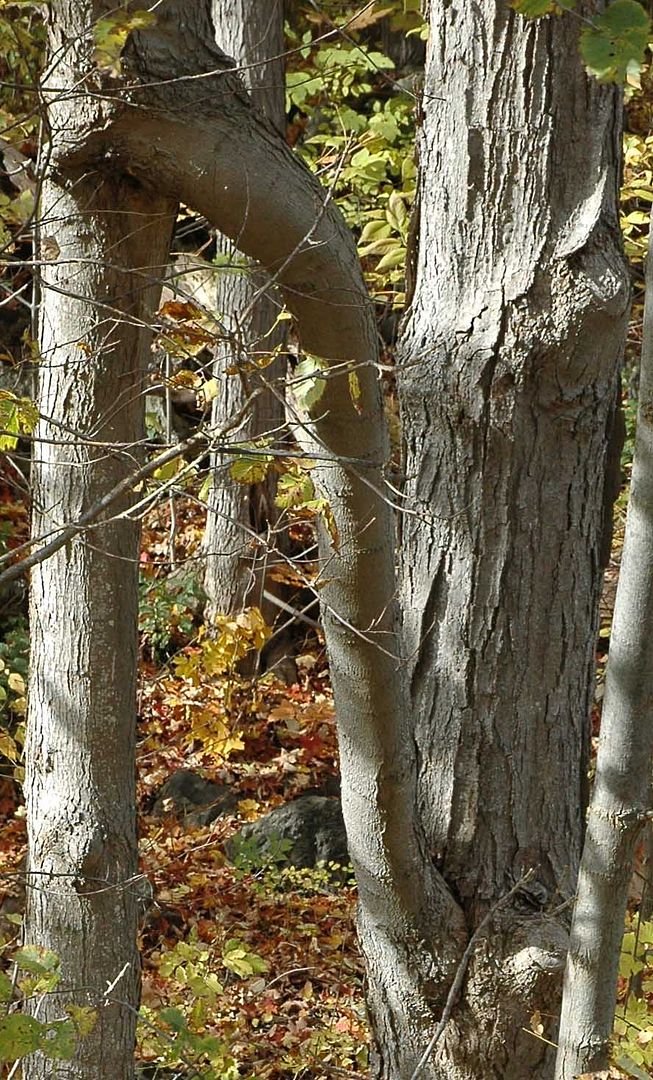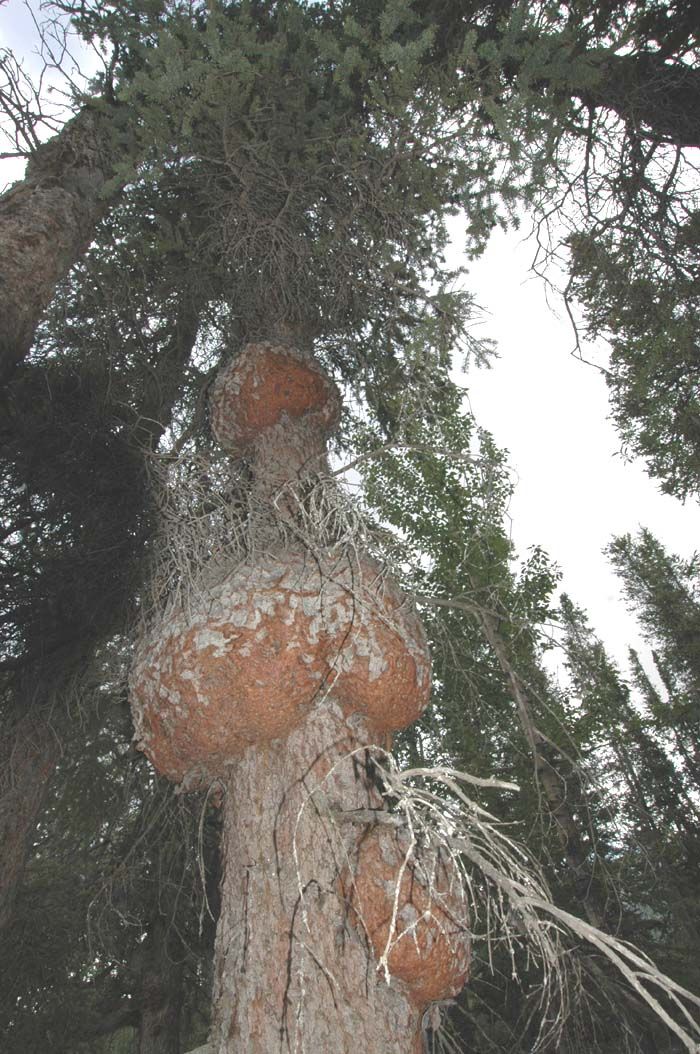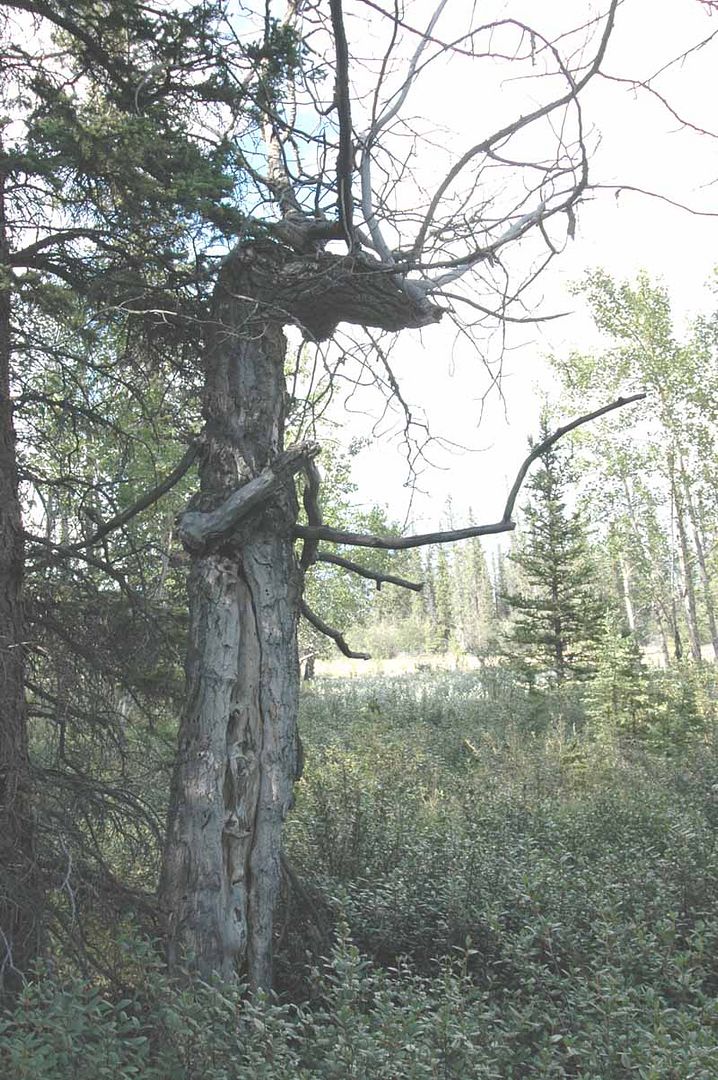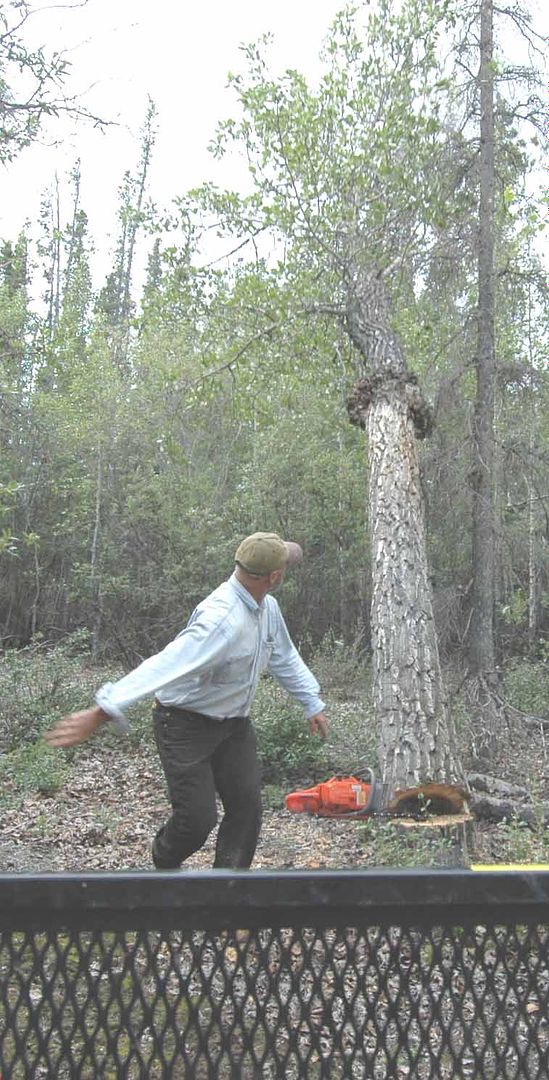Gypo Logger
Timber Baron
I've cruised alot of timber and stomped alot of bush in my career, but I have never seen one tree wrap itself around another one 7 feet away.
How could this happen? I have seen natural grafting like this before, but not from so far apart. The trees are Sugar Maple and the one on the left is dead.
John
How could this happen? I have seen natural grafting like this before, but not from so far apart. The trees are Sugar Maple and the one on the left is dead.
John






























































